Grumet: Show your Texas pride by supporting this UT museum
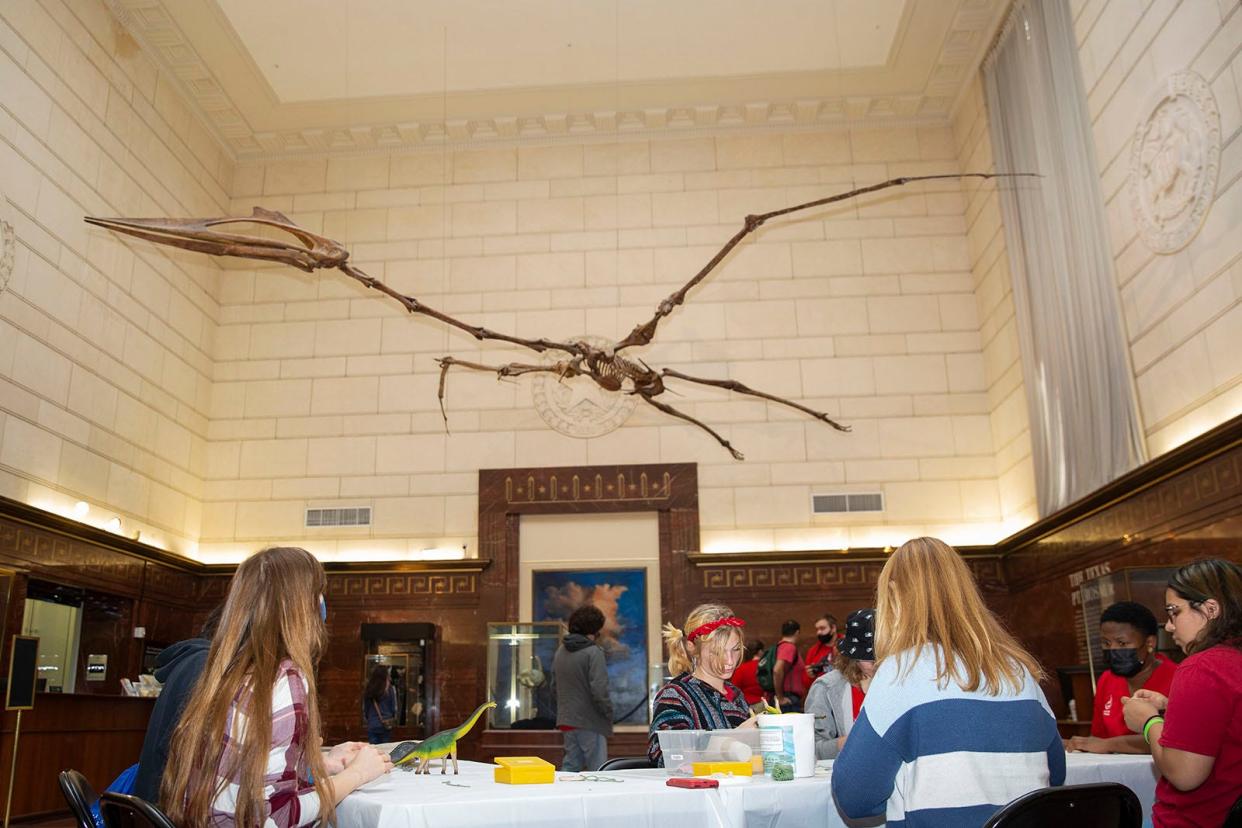
Austin prides itself as a hub of innovation, the home of tech giants and the new base for Elon Musk.
But Austin is also the nation’s largest city without a multidisciplinary science and technology museum, a region without a permanent planetarium to inspire stargazers. And now our community’s natural history museum, the Texas Memorial Museum on the University of Texas campus, faces an uncertain future.
The latest state budget slashed the funding for the museum, a place where generations of visitors have craned their necks at the massive winged Pterosaur hanging in the great hall and gazed down the throat of a razor-toothed Mosasaur menacing the first floor.
If UT doesn’t figure out a new plan to fund the museum, director Edward Theriot told me, “we’ve got two years, and then we’re closed.”
I pressed UT on the issue this week, and there are signs of hope. David Vanden Bout, interim dean of the College of Natural Sciences, indicated a desire to keep the museum open and “ensure a strong future” for it. The details, however, remain to be determined.
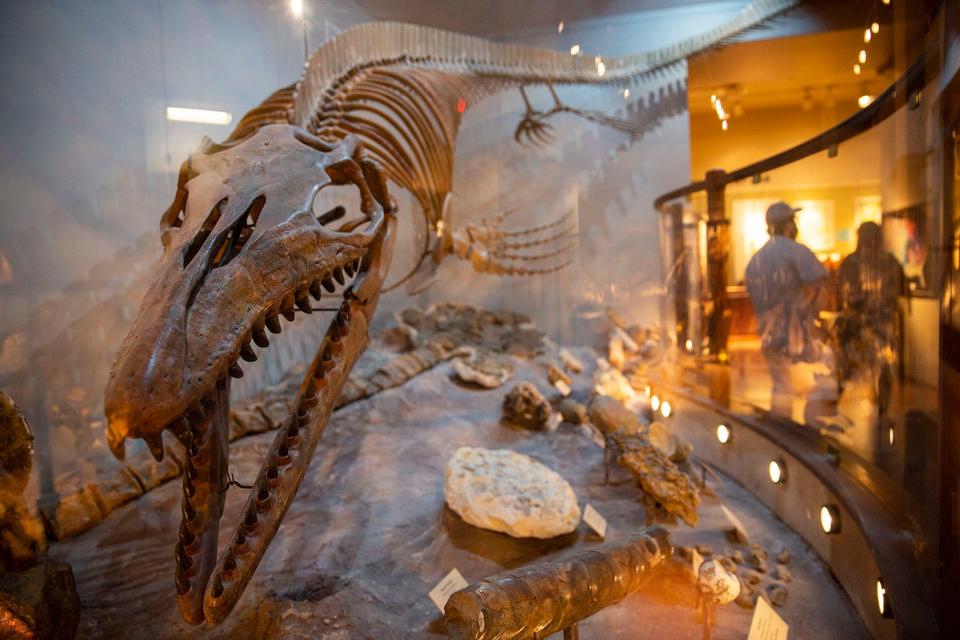
I learned about the museum’s plight when my colleague Megan Menchaca revealed how state lawmakers cut $5.2 million from various UT programs, including the museum, while still finding $6 million to establish a conservative Liberty Institute think tank at the university The trade-off was soul-crushingly stark: Less support for science and research. More money for political posturing.
It’s not that Texas can’t afford to run this museum. Most recently, the state’s investment was less than $76,000 a year. As he signed the state budget this year that eliminated those funds, Gov. Greg Abbott bragged that Texas had “a budget surplus of more than $1 billion.”
Nor has anyone questioned the value this museum provides the public. Pre-COVID-19, roughly 70,000 people toured the exhibits each year. Half of the visitors during the school year are students on field trips. They learn about our changing planet, evolving species and scientific inquiry. The museum also provides hands-on training to science teachers and a bounty of online resources.
“The value, to me, comes in connecting people to the world around them, to make them better informed citizens to make decisions we have to make,” Theriot said.
From land development rules to pandemic response, sound policies often start with a solid understanding of science.
The challenge facing the museum is a lack of ownership. The state harbors little interest in supporting the natural history museum it launched in the 1930s; indeed, it transferred the institution to UT in 1959. And UT, focused on undergraduate instruction and graduate work, doesn’t see a museum catering to grade-schoolers as central to its mission. When Abbott asked various state agencies last year to identify 5% in budget cuts, UT came back, in part, with the museum.
Still, I am encouraged by the interim dean’s commitment this week to figure out a plan for the museum.
“We are actively exploring options for renewing the museum and enhancing revenue, including replacing state funds in the long term with traditional sources of funding for the museum such as ticket sales, gift shop experiences and donations,” Vanden Bout told me in a statement. “The college understands that this may require finding funds internally to bridge to a new, sustainable funding model.”
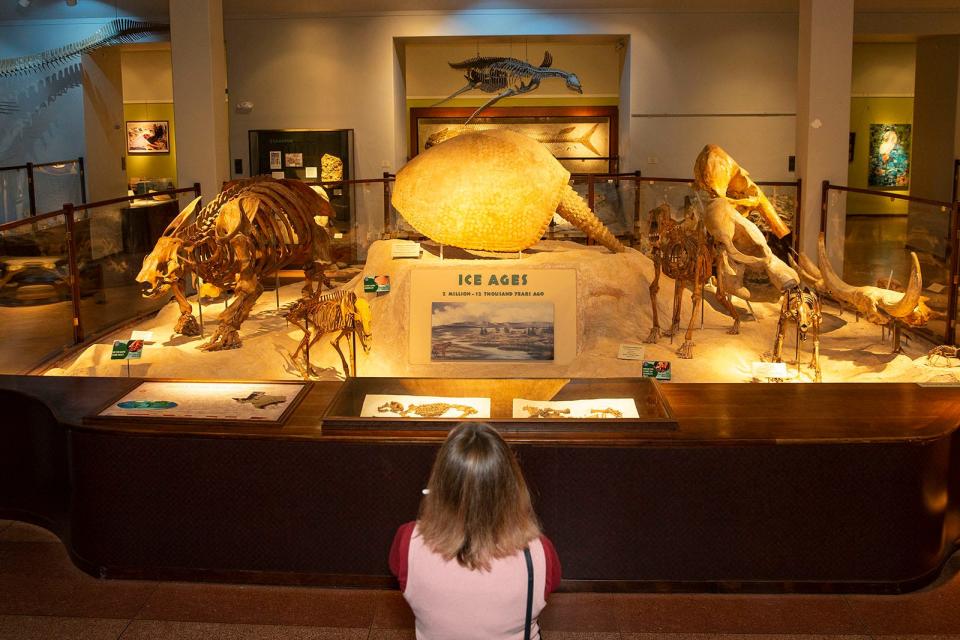
To be clear, the museum already charges admission, runs a gift shop and receives donations. In the four years before the COVID-19 closures, the museum averaged $92,861 a year in admissions and $43,448 a year in gift shop sales. Donations varied from $8,000 to $58,000 a year. As long as it had some state funding, the museum covered its costs and even had a small reserve.
It’s hard to say how much UT could improve on those numbers with new partnerships or some other approach. Even before the pandemic came along, museums faced challenging economics.
Consider the admirable effort by a nonprofit a few years ago to establish the Texas Museum of Science & Technology, a broad-based science, technology, engineering and math museum. It opened in 2015 with a temporary location in Cedar Park, where my kids and I saw a traveling exhibit of ancient Egyptian artifacts and the outlines of constellations inside a small, mobile planetarium. It closed in 2018 because the revenue didn’t cover the rent.
UT has far greater resources at its fingertips to place the Texas Memorial Museum on a more sustainable path. And it should — not only because science museums improve students’ understanding of key concepts, expose people to STEM career paths and boost lifelong learning. The museum is worth saving because it is a piece of state history itself.
On the fourth floor of the Texas Memorial Museum is a photo of President Franklin Roosevelt conducting the groundbreaking for the museum in 1936 during a campaign whistle stop in Austin. Launched with sizable investments from the state and federal governments, the museum was as much about celebrating the Texas Centennial as providing jobs during the Great Depression. A couple of the Ice Age fossils showcased on the first floor, a giant ground sloth and a boulder-sized armadillo known as a Glyptodont, were unearthed by Works Progress Administration crews building roads near Corpus Christi.
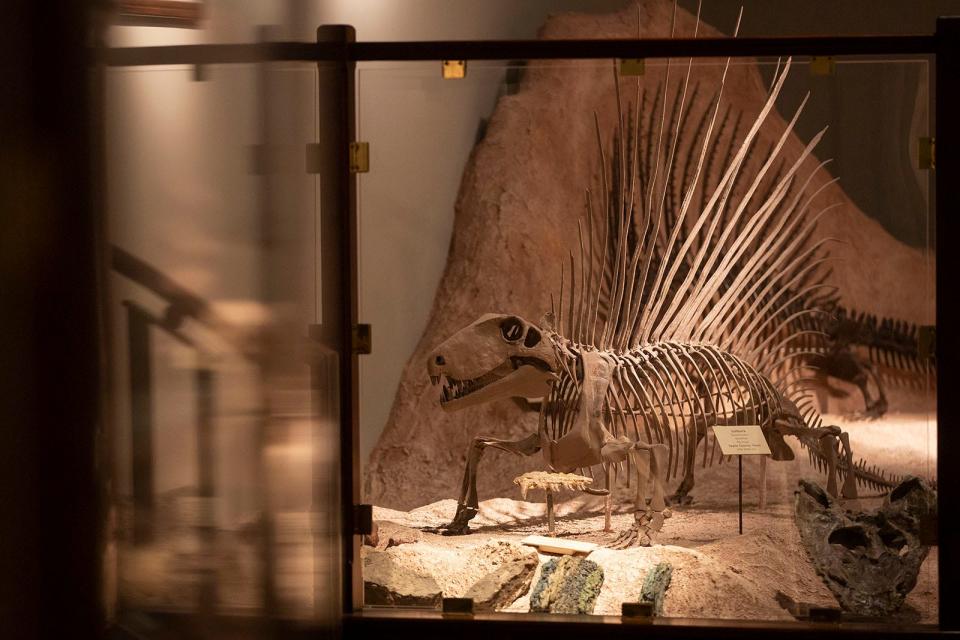
The mascot of the museum might well be the Dimetrodon, the creature with a giant bony sail along its back, the king of land-dwelling predators millions of years before dinosaurs arrived. Some of the best Dimetrodon fossils were unearthed a century ago in Texas — then whisked away to museums in Chicago and Cambridge, Mass., as there was no research museum in Texas to house them.
That outrage could not stand.
The Texas Memorial Museum was founded to ensure that people could study the state’s rich natural history, Dimetrodons and all, without leaving Texas’ borders.
It was a matter of state pride then. And keeping the museum strong should be a matter of state pride now.
Grumet is the Statesman’s Metro columnist. Her column, ATX in Context, contains her opinions. Share yours via email at bgrumet@statesman.com or via Twitter at @bgrumet.
If you go
The Texas Memorial Museum is at 2400 Trinity St. on the University of Texas campus. Hours are from 9 a.m. to 1 p.m. and 2 to 5 p.m. Tuesdays through Saturdays. Admission is $7 for adults, $5 for children 12 and under, and free for UT students and employees with ID. There are special rates for tour groups. For information, visit http://tmm.utexas.edu.
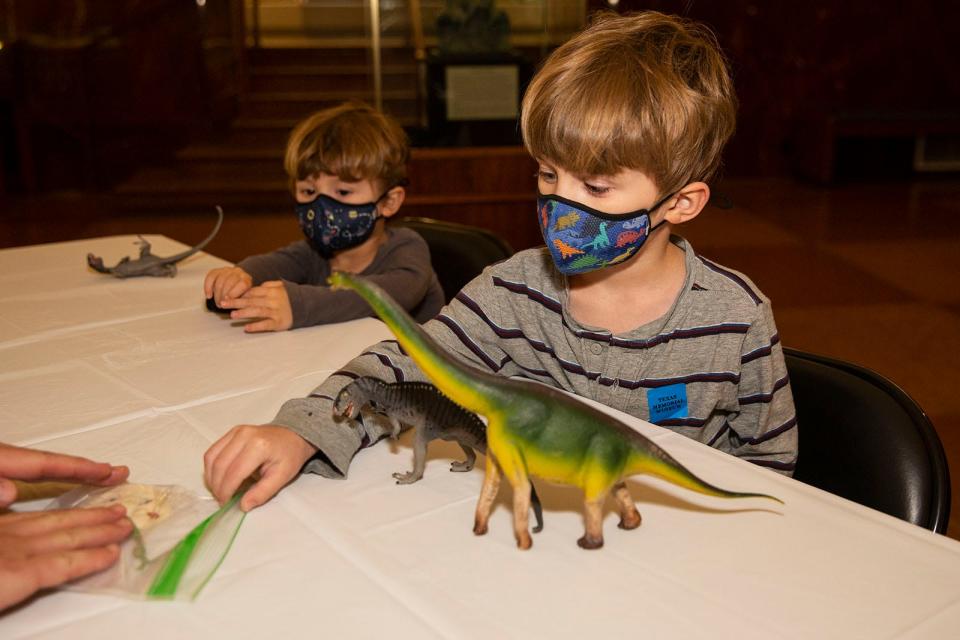
This article originally appeared on Austin American-Statesman: Grumet: Show your Texas pride by supporting this UT museum

